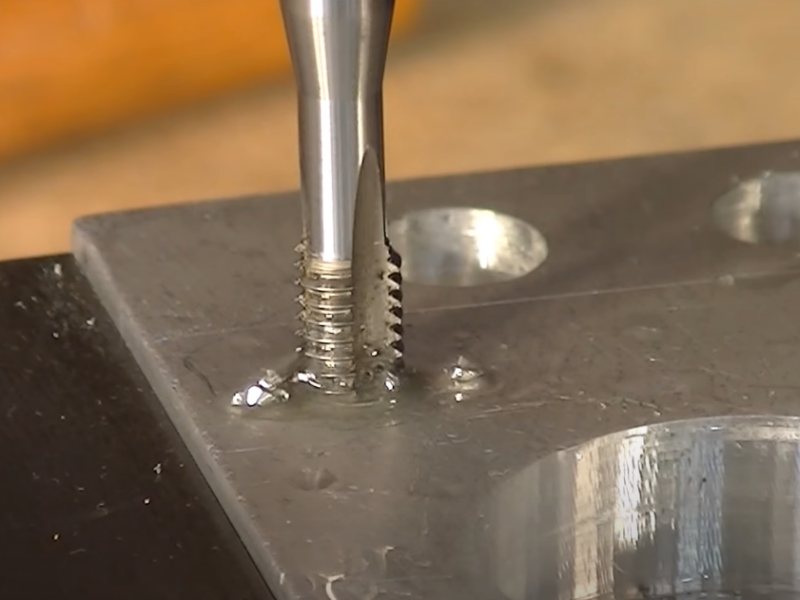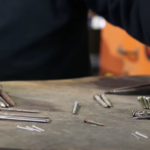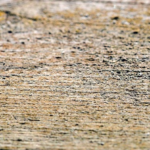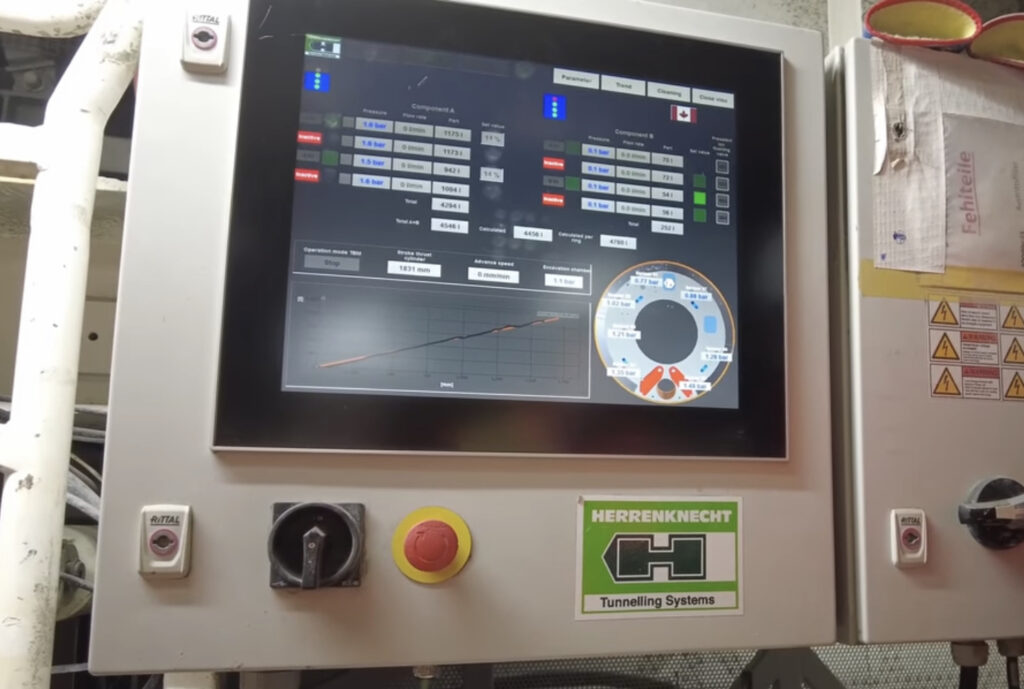A threaded hole is a design element that facilitates the fastening of a threaded shaft or bolt. The process involves creating a helical groove inside of a bore. There are few fields more dependent on the assembly of pieces than engineering, construction, manufacturing, and many others.
Concepts and Terminology
Threaded holes are used extensively in the industrial, engineering, and building sectors to ensure a tight fit between parts. However, one must go into the sophisticated vocabulary and terminology that governs these crucial elements in order to achieve a deep understanding and mastery of the art of dealing with threaded holes. In this exciting adventure, you’ll learn about the fundamental ideas and jargon that make threaded holes such a fascinating and important part of many different industries.
Let us begin our journey by being familiar with the basic ideas and jargon that define the world of threaded holes:
- Thread Diameter: The size of the threaded hole is determined mostly by the thread diameter. It is sized by enclosing the threads’ outermost tips and measuring from crest to crest. Thread diameter is measured in millimetres (mm) in the metric system and inches (inches) in the imperial system;
- Thread Pitch: Another essential part of the threaded hole language is the thread pitch. In metric threads, it is the distance between thread crests, and in imperial threads, it is the number of threads per inch (TPI). The tightness and engagement of the fasteners are directly related to the thread pitch;
- Major Diameter: The major diameter is the greatest diameter of the threaded hole, as the name implies. It usually coincides with the thread diameter, providing a defining dimension that determines whether or not two different bolts or screws will work together;
- Minor Diameter: The minor diameter is the diameter of the threaded hole that is smaller than the main diameter. It is located at the beginning of the thread and is responsible for the overall form of the threaded hole;
- Thread Depth: The distance from the thread’s crest to its base is known as the thread depth. It’s significant in threaded hole design since it represents the midpoint between the major and minor diameters;
- Thread Angle: To the universe of threaded holes, the thread angle brings a touch of geometric splendour. When seen in an axial plane, it depicts the angle made by the thread’s flanks. The thread angle has a major impact on the threaded connection’s mechanical qualities.
Now that we’ve built the groundwork for comprehension, let’s have a look at a handy table that summarizes the most important terms:
Table: Metric Thread Terminologies
| Terminology | Definition | Unit of Measurement |
|---|---|---|
| Thread Diameter | Diameter of the thread from crest to crest | Millimeters (mm) |
| Thread Pitch | Distance between consecutive thread crests | Millimeters (mm) |
| Major Diameter | Largest diameter of the threaded hole | Millimeters (mm) |
| Minor Diameter | Smallest diameter at the root of the thread | Millimeters (mm) |
| Thread Depth | Distance between crest and root of the thread | Millimeters (mm) |
| Thread Angle | Angle between thread flanks in an axial plane | Degrees |
Forming Threaded Holes
Creating a threaded hole is a two-step process: drilling and tapping.
Drilling
The first step in this procedure is to drill a pilot hole into the material. The thread size chosen must be compatible with the diameter of the drill bit. If the hole is too small, tapping it will be difficult and may even break the tap. If the hole is too big, the threads could break under pressure.
Tapping
The threads are formed by tapping inside the drilled hole. There is a wide range of taps available for use. Cutting taps and shaping taps are the two most common types of taps.
- Cutting Taps: These taps, often called fluted taps, remove material from the hole to form threads. The procedure creates chips, which are removed from the hole by the tap’s flutes. Softer materials, such as plastic, aluminium, and soft steel, require the use of cutting taps;
- Forming Taps: Thread-forming taps, often called roll taps, are nondestructive. They instead sculpt the material by deforming it into threads. Ductile metals including copper, mild steel, and stainless steel are ideal for this process. Threads made using a forming tap are stronger than those made with a conventional tap because of work hardening.
Selecting the Right Tap
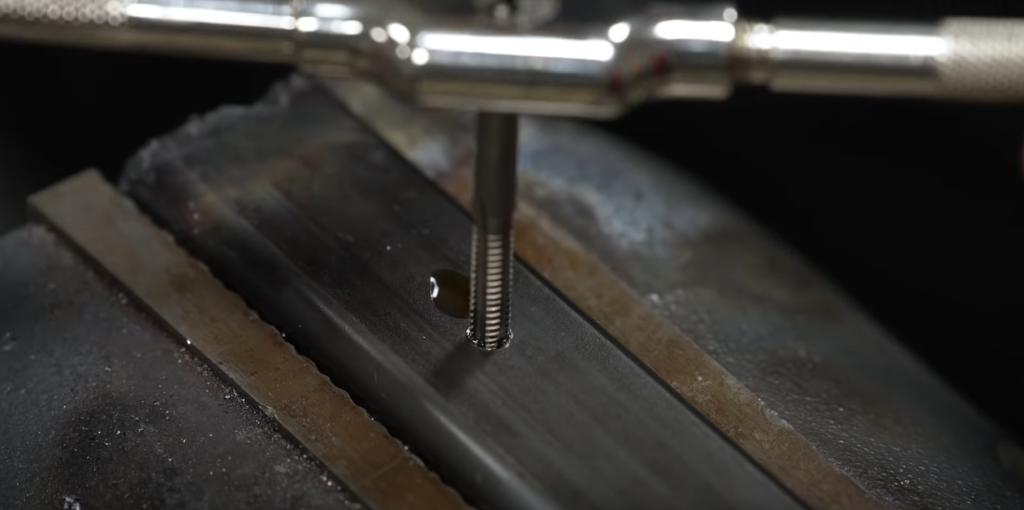
The application and the substance being tapped should guide the tap choices. Some considerations for deciding on a tap are:
- Thread Type: What kind of tap is utilized to create a thread depends on the desired thread type. A straight flute tap is commonly used to create a typical straight thread. A pipe tap is needed for pipe threading;
- Material Characteristics: Material properties like as hardness, ductility, and machinability are essential. High-speed steel or carbide taps are needed for tapping tough materials, whereas carbon steel taps can be used for tapping softer materials;
- Thread Size and Pitch: The tap size is based mostly on the desired thread size and pitch;
- Hole Depth: Taper, plug, or bottoming taps are used depending on the depth of the hole. For instance, a bottoming tap is used to create threads all the way to the bottom of a blind hole, whereas a plug tap is used for general tapping purposes.
Types and Standards of Threads
Although many different thread types exist, the two most used standards are the metric system and the imperial system.
Metric Threads
Almost every country in the world outside of the United States uses the metric system, which is based on millimetres. Thread pitch, or the space between threads, is the defining characteristic of the Metric thread. M followed by the nominal diameter in millimetres, then a “x,” and finally the pitch makes up the whole identification. For instance, “M8x1.25” indicates a thread having an 8mm outer diameter and a 1.25mm pitch.
Imperial Threads
The United States is the world’s largest consumer of imperial thread. Unified National Coarse (UNC) and Unified National Fine (UNF) threads are part of the Unified Thread Standard (UTS). The nominal diameter in inches is followed by the thread count to indicate an imperial thread. If you see “1/4-20,” that means the thread has a 1/4-inch diameter and 20 threads per inch.
Threaded Hole Applications
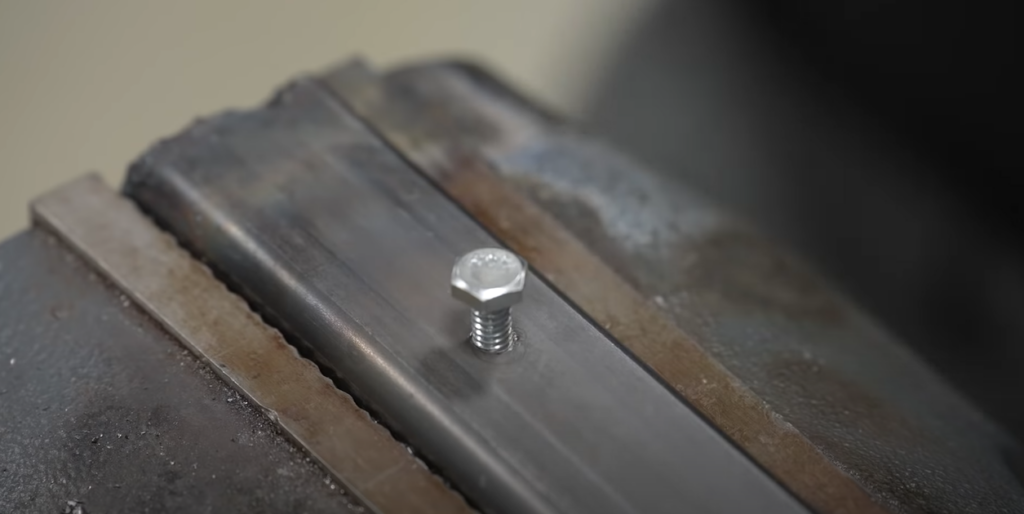
Numerous sectors rely heavily on threaded holes:
- Manufacturing: Threaded holes are widely used in the construction of industrial machinery, automobiles, airplanes, and home appliances;
- Construction: Threaded holes are commonly used for secure anchoring in structural elements, scaffolding, and metal frames;
- Electronics: Threaded holes are used to further reduce the size of electronic components such circuit boards, casing assembly, and other parts;
- Medical Devices: Implants, prosthetics, and surgical tools frequently feature threaded holes.
Maintenance of Threaded Holes
For the fastening systems to last and function properly, it is crucial that the threaded holes remain in good condition. For routine upkeep, consider the following:
- To avoid cross-threading and stripping, it’s important to check the threaded holes on a regular basis;
- To avoid loosening from vibration, thread lockers should be used in high-load applications;
- Dirt, rust, and other material can accumulate in threaded holes if they aren’t cleaned routinely;
- Thread repair kits contain the necessary tools and inserts to fix damaged threads.
Conclusion
Secure fastening and assembly are two areas where threaded holes shine in a variety of industries. Pros can make their projects last longer and perform better if they are familiar with their history, different varieties, potential uses, and upkeep.
FAQ
Tapping involves cutting or forming threads inside a drilled hole using a tap. The tap is slowly turned into the hole, cutting threads into the internal surface.
Threaded holes can be created in any material capable of retaining the thread shape and resisting the forces applied to it, including metal, wood, plastic, and certain ceramics.
Breakage can be prevented by using the correct size drill bit, ensuring the tap is straight, applying appropriate pressure, and using cutting oil for lubrication.
A threaded hole refers to any hole with threads. A tapped hole is a type of threaded hole where the threads have been cut using a tap.
Stripped threads can be repaired using a helical insert or a thread repair kit.
